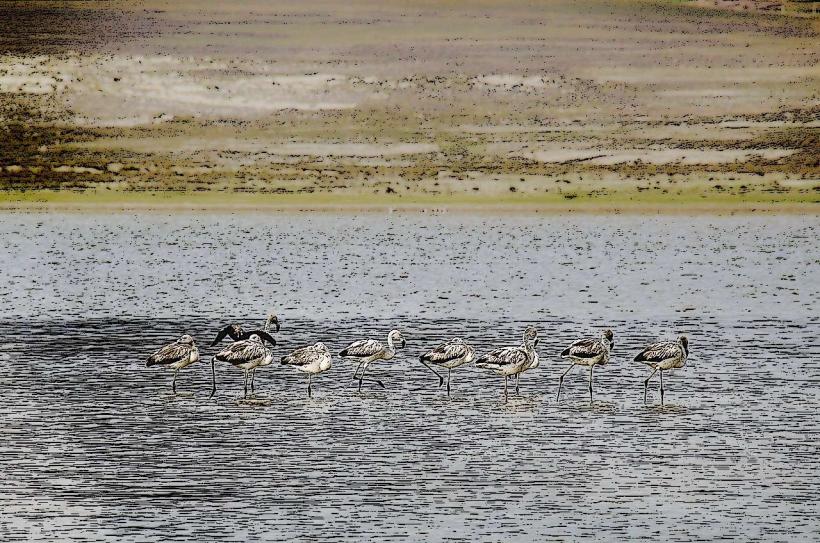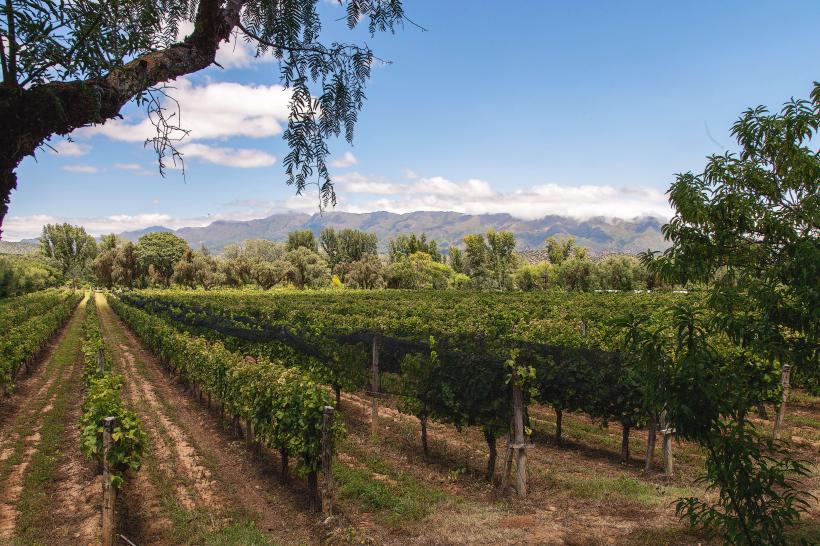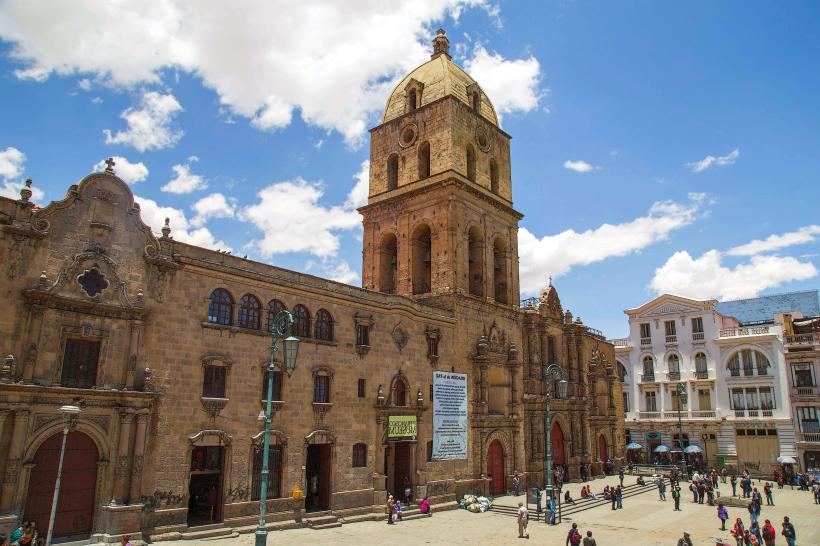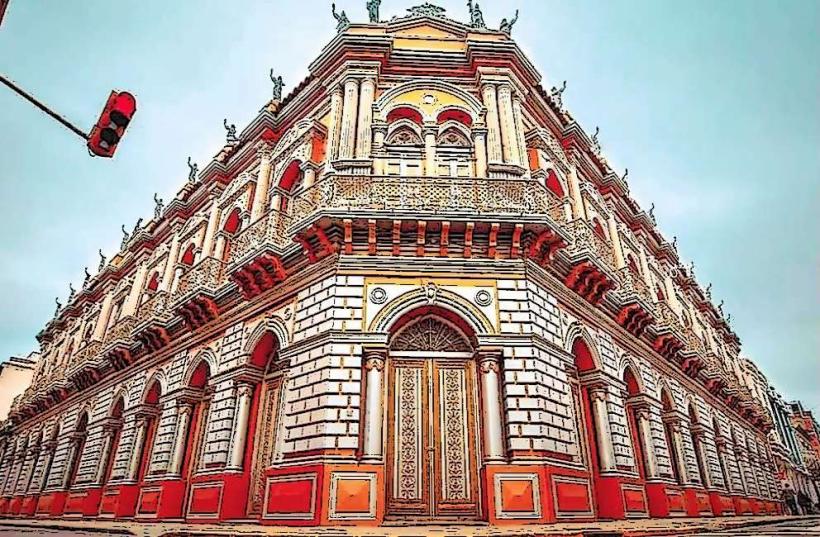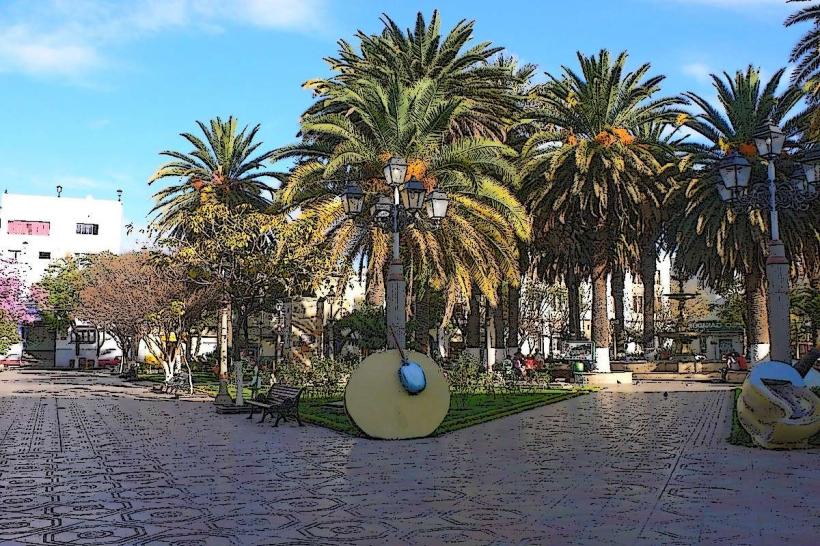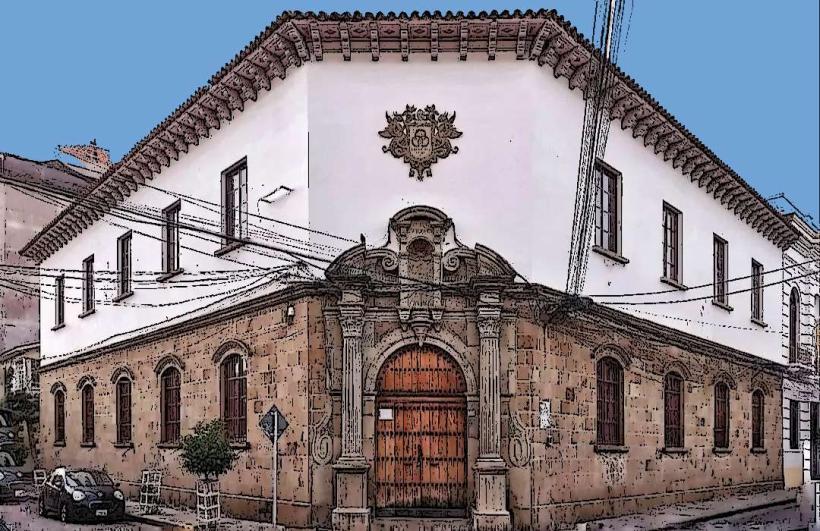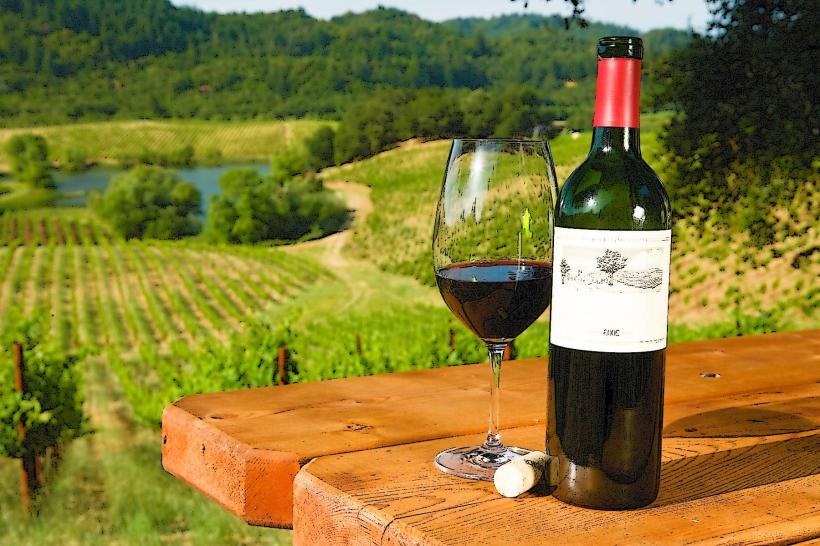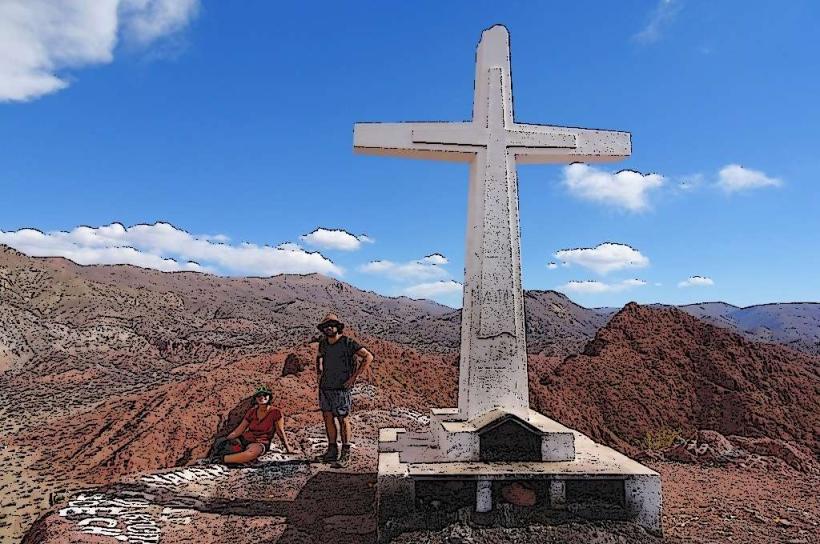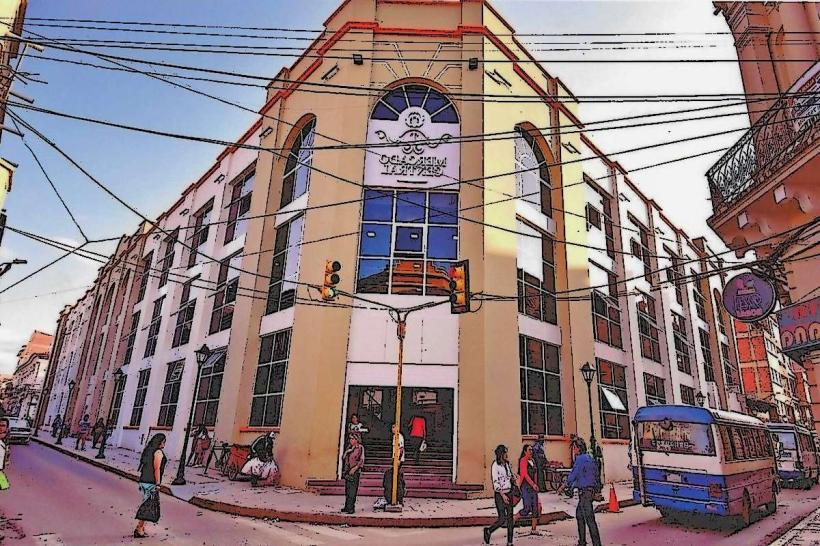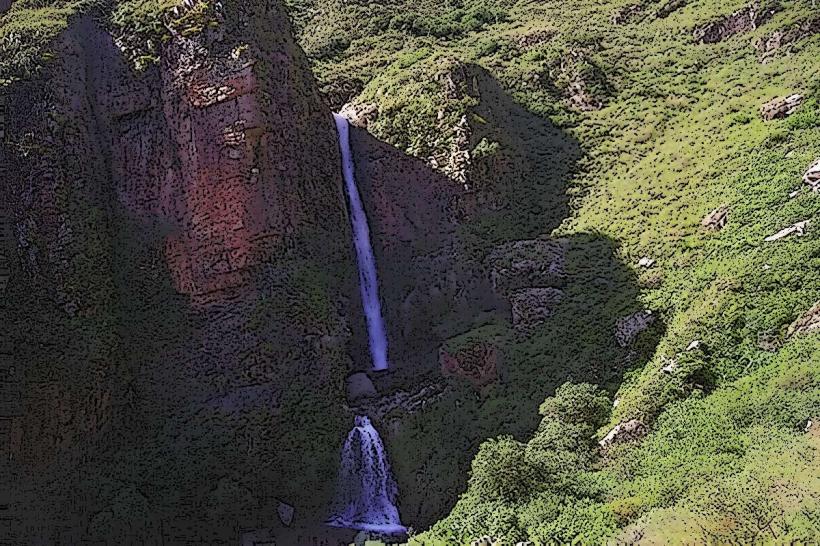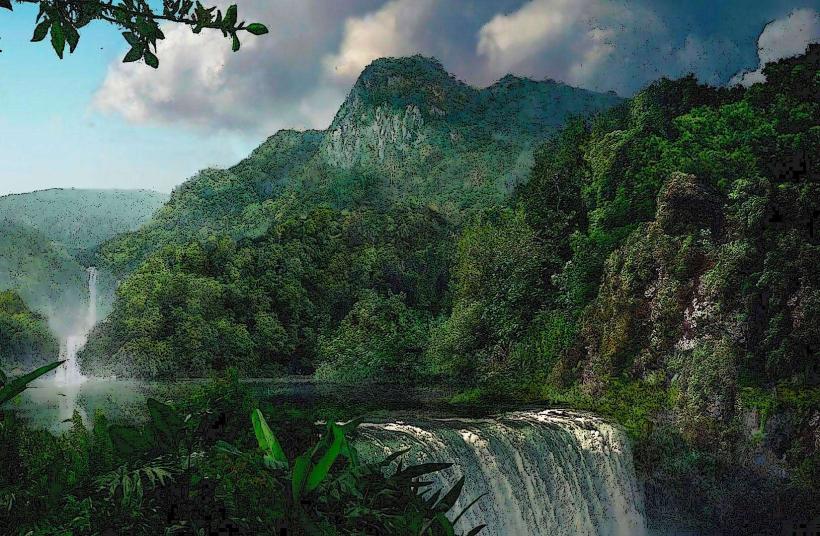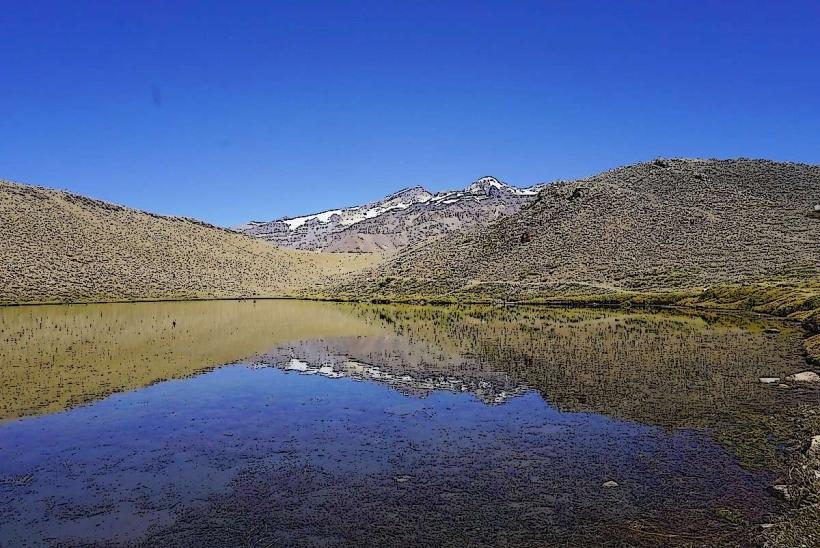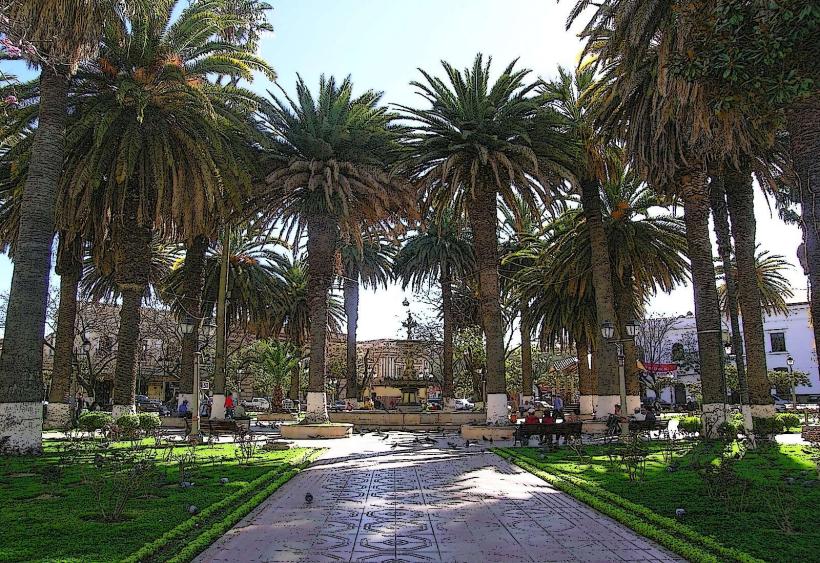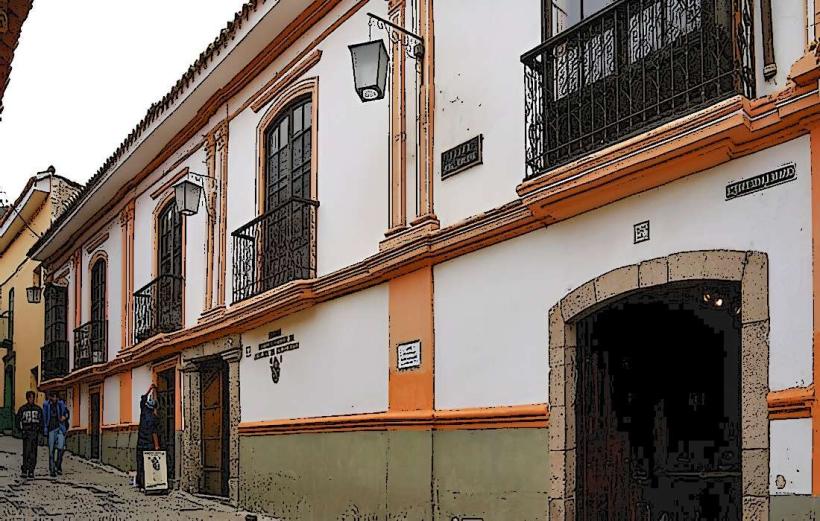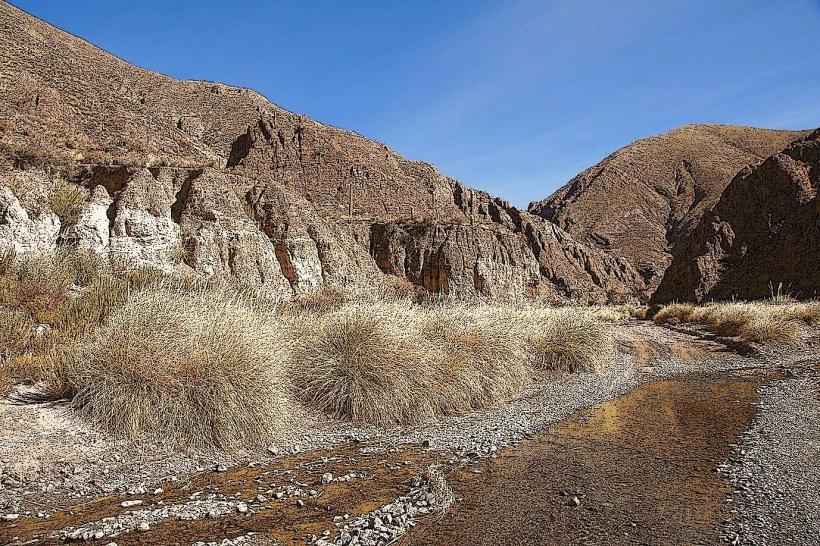Information
Landmark: Museo Nacional de Etnografía y FolkloreCity: Tarija
Country: Bolivia
Continent: South America
Museo Nacional de Etnografía y Folklore, Tarija, Bolivia, South America
Overview
The Museo Nacional de Etnografía y Folklore (MUSEF) stands as one of Bolivia’s most treasured cultural centers, preserving and celebrating the country’s rich ethnographic, folkloric, and indigenous heritage, from intricate handwoven textiles to centuries-old ceremonial masks.In the heart of La Paz, the museum showcases a rich array of artifacts-woven textiles, intricate masks, and ceremonial objects-that bring Bolivia’s many indigenous cultures and traditions vividly to life.Founded in 1962, the museum now sits under the care of the Fundación del Banco Central de Bolivia (BCB), its stone facade catching the afternoon sun.It sits in an 18th-century colonial mansion called the Casa de los Marqueses de Villaverde, its whitewashed walls and carved wooden balconies marking it as a landmark in its own right.The building shows off classic Spanish colonial style, with sunny courtyards, cool arched walkways, and balconies of rich, carved wood.The museum’s permanent and temporary shows span a rich mix of cultural and historical themes, from the woven patterns of Bolivia’s indigenous textiles to traditional artistic expressions passed down through generations.Number one.The museum’s Textile Collection is among its most striking, with handwoven fabrics from indigenous groups like the Aymara, Quechua, and Guaraní, their threads carrying the deep reds and sun-faded golds of the highlands.The displays feature ponchos, aguayos, and ceremonial garments, each alive with intricate patterns and the feel of hand‑woven ancestral craft.Number two.The collection holds over 700 traditional masks, worn in Bolivian festivals and rituals, from the vibrant Carnaval de Oruro to the fierce Diablada dance, their colors still bright with decades of dust and history.Crafted from wood, metal, or papier-mâché, the masks burst with bright paint, soft feathers, and tiny beads that catch the light.Three.Pre-Columbian pottery and ceramic vessels, including smooth, earth-toned bowls from the Tiwanaku culture, come from ancient civilizations.It holds ritual objects, small carved figurines, and musical instruments once played during traditional ceremonies.Number four.Gold and silver gleam in displays of finely wrought jewelry, delicate amulets, and sacred artifacts, all skillfully made by indigenous artisans in pre-Columbian and colonial times.It explores how Andean cultures saw metals as symbols-gold gleamed like the sun’s rays, while silver reflected the cool light of the moon.Number five.The Ethnographic and Folklore exhibits highlight indigenous spiritual traditions, from shamanic rites and sacred chants to offerings of flowers and coca leaves for Pachamama, or Mother Earth.It features traditional Andean instruments-charangos with their bright, chiming strings, airy pan flutes (zampoñas), and deep, steady drums.The museum brings Bolivia’s living traditions to life through guided tours, hands-on workshops, and lively cultural events-like the rhythmic beat of a traditional drum echoing through the hall.It works side by side with local artisans and indigenous communities to keep traditional crafts alive, from handwoven baskets to brightly dyed fabrics.The MUSEF plays a key role in preserving Bolivia’s indigenous heritage, from intricate woven textiles to ancient pottery, and serves as a leading research hub for anthropologists and historians.It helps build cultural awareness and a sense of identity by showcasing Bolivia’s rich mix of ethnic traditions, from vibrant woven textiles to haunting ceremonial music.In short, the Museo Nacional de Etnografía y Folklore is a place you can’t miss if you want to explore Bolivia’s indigenous cultures, rich history, and traditional art-like the intricate handwoven textiles displayed in its bright galleries.Packed with extensive collections, beautifully kept artifacts, and lively exhibitions, it draws you into the country’s rich cultural diversity-like running your fingers over the intricate beadwork of a centuries-old garment.

